Mycosis or fungal infection of the foot is a pathology that occurs in 40% of people. The reasons for the development of an infection can be diverse: from violations of hygiene rules to the development of serious diseases of internal organs and systems. Toenail fungus can be cured with medications and folk methods, but only after prior diagnosis and consultation with a dermatologist.
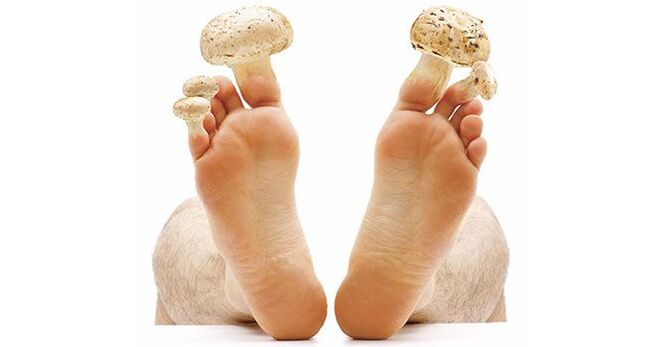
How to recognize athlete's foot
With the development of foot mycosis, damage to the skin tissue occurs. The first signs of the disease are not pronounced and are therefore often perceived as normal roughening and irritation of the skin on the legs.
Despite the prevalence of the pathology, not many people know how to recognize athlete's foot. Mycosis of the feet occurs 3-5 days after infection. The longer the fungus progresses, the more pronounced its symptoms become.
Symptoms of a fungal infection of the skin of the feet:
- At the earliest stages, the patient notices severe peeling of the skin, which is not completely eliminated even after conventional foot treatment and the use of creams.
- gradually the itching begins to bother you, which increases every day and causes severe discomfort;
- Along with the itching there is a sour smell, which occurs when a fungus develops on the skin; it is accompanied by a strong smell of sweat (due to dysfunction of the subcutaneous glands, sweating increases);
- The tone of the skin of the feet also changes, the epithelium at the site of the lesion acquires an unnatural color: bluish, greenish or even gray-black (in advanced cases).
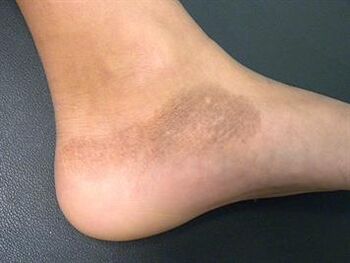
With mycosis of the feet, onychomycosis (fungal infection of the nail plates) often occurs, so the patient's nails may begin to break, deteriorate and change color. In rare cases, general health worsens (an increase in temperature, constant weakness and apathy bother you).
Important! It is impossible to independently determine the stage and type of fungus. Therefore, if you suffer from a dermatological disease, you need to consult an experienced specialist.
Why is athlete's foot dangerous?
Many people who suffer from athlete's foot do not take it seriously because they believe that the disease will go away on its own or that they do not try to get rid of the infection until it causes unbearable pain.

Take note!The peculiarity of mycosis of the feet is that the fungal infection is contagious and since a person often walks without shoes, the patient exposes a large number of people to the risk of infection.
Mycosis of the foot does not cause life-threatening complications. However, if the disease is not treated, complications may arise:
- Transition of the disease into a chronic form;
- weakened immunity;
- increased risk of developing other skin diseases.
Dermatological complications include:
- Allergy;
- focal or regional spread of the rash;
- generalized skin lesions;
- Formation of papules, erythema, eczema.
Complications occur in patients who neglect treatment for athlete's foot. If therapy is started on time, the disease will be cured without consequences.
What causes athlete's foot?
Mycosis of the feet occurs due to an infection. Fungal spores have the ability to maintain their vital activity even without contact with the skin.
Before we answer the causes of athlete's foot, we should keep in mind that experts identify several groups of people who are susceptible to fungal infections.
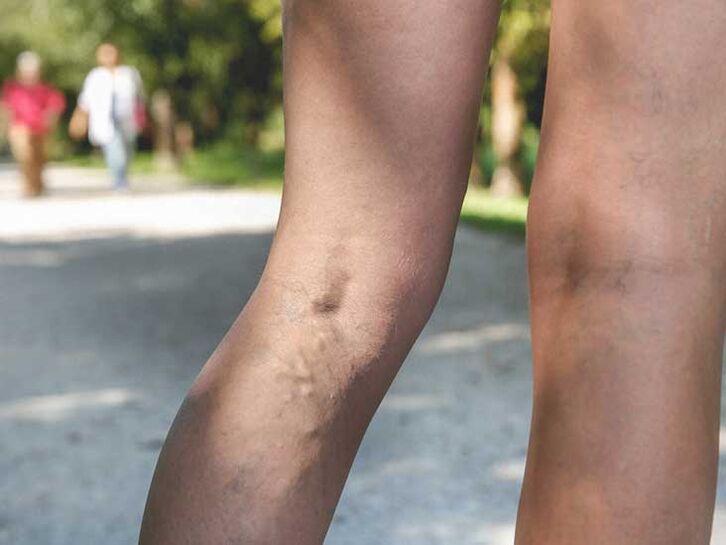
- with weakened immunity;
- for vascular diseases;
- violate hygiene regulations.
The most common causes of infection in athlete's foot are:
- diseases associated with immunodeficiency;
- rare changes of socks, wearing inferior shoes;
- Visiting public bathing areas (without paying attention to personal hygiene);
- nail fungus;
- increased sweating of the feet.
One of the factors in the development of athlete's foot is the psychosomatics of the disease. Experts confirm that a violation of the psycho-emotional state severely affects the immune system and weakens it. A weakened immune system cannot resist the fungus, so the risk of mycosis increases.
Is athlete's foot contagious?
Specialists in the field of dermatology have proven that mycosis of the feet is a disease that occurs after contact of the skin of the feet with fungal spores.
The peculiarity of this type of infection is the long-term survival of spores that fall on any surface. In addition, fungal spores can also lie dormant on the skin of the feet for many years and become activated when conditions are favorable.
The greatest danger lies in the ability to maintain infectious activity in the spore state for many years. It is impossible to completely prevent infection. The fungus grows in a humid environment, so maintaining hygiene standards is the most effective way to prevent infection.
Important!When considering how athlete's foot is transmitted, one should also think about the risk of infection for people who come into contact with the patient, especially those who live with him.
How is athlete's foot transmitted?
A fungal infection is transmitted through household contact. The main method of infection is spores getting on the healthy skin of the feet.
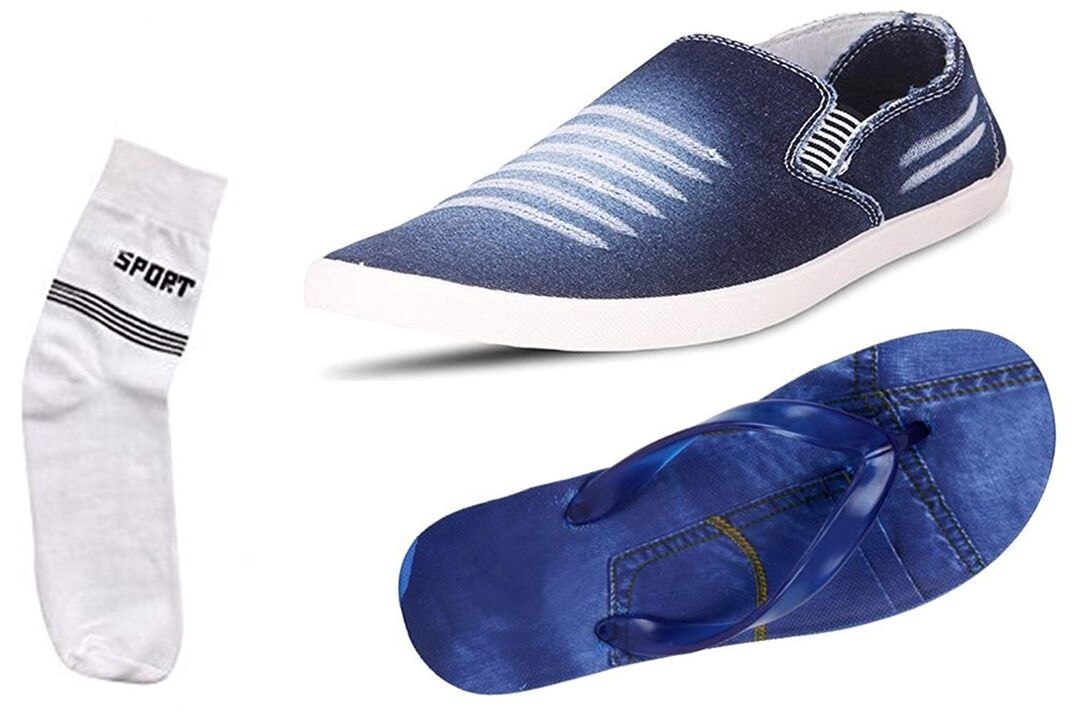
How is athlete's foot transmitted? There are two types of athlete's foot infections.
- Direct: contact of the foot with an infected surface, contact with the feet of a patient, contact with an animal whose fur contains spores.
- Indirect: contact with personal items of a patient with mycosis (socks, shoes, towel, etc. ), contact with care items for an infected animal.
In 60% of cases, infection occurs when visiting public places (saunas, baths, beaches, etc. ). There is also danger when performing a pedicure if the items used in the salon are not handled properly.
Types of athlete's foot
Depending on how athlete's foot is transmitted (where the spores settle), different forms of infection can develop.
Dermatologists identify the main forms of athlete's foot, which differ in the location of the affected area.

- Interdigital. Mycosis affects the skin between the toes. There are two stages of this form: intertriginous and squamous cell carcinoma. The infection is most often chronic because the area between the fingers offers the most favorable conditions for the multiplication of fungal spores.
- Plantar. The epithelial layers on the sole of the foot are affected by mycoses. A characteristic sign is severe keratinization, cracking and detachment of the tissue.
- Dyshidrotic. The most painful form of fungus on the feet, accompanied by the formation of blisters and blisters on the sole of the foot, which, when bursting, lead to a secondary infection.
- Deep mycosis. In deep mycosis, a large area of the foot is affected, with the infection penetrating deep into the skin.
- Onychomycosis. This form can be the cause or result of a fungal infection of the skin on the legs. Onychomycosis involves an infection of the nail plates on the feet.
The most common form of pathology is interdigital pathology. However, deep and dyshidrotic mycoses, which are difficult to completely cure, are considered dangerous.
Interdigital form
With an interdigital fungus, symptoms appear after 2-3 days. Subsequently, the signs of infection become more and more pronounced. It is almost impossible to detect athlete's foot on your own in the early stages. The symptoms of the disease are similar to insufficient hydration of the feet.
Take note!With infectious lesions of the feet, interdigital fungus on the feet of children is diagnosed in 70% of cases. Children move a lot, often spend time outside and are often without shoes or socks.
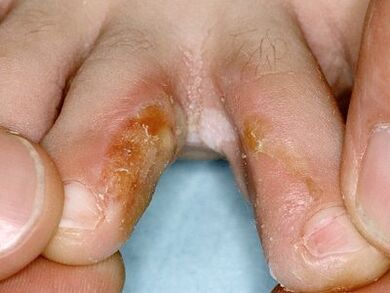
Considering that the signs of illness are atypical in the first few days, how do you know if a fungus is present? In folk medicine there is a special method that helps detect infection in the initial stages: dip your feet in a manganese solution and wait 20 minutes.
If after the procedure the color of the entire skin has changed, but the areas between the fingers remain the same shade, most likely there are pathogenic microorganisms on the dermis.
Stages and their manifestations
Interdigital mycosis progresses in three stages. Each has characteristics of manifestation. The more the infection progresses, the more obvious the signs become. Gradually, the disease brings not only discomfort, but also painful torment.
Initial phase
At the initial stage, the patient begins to be bothered by peeling skin on the legs in the space between the toes. The plantar tissue area from the little finger to the third finger is more affected.
How does the squamous epithelial hyperkeratotic stage manifest itself?
In the squamous epithelial hyperkeratotic stage, the processes of keratinization and detachment of the affected epithelial particles begin on the surface of the foot. The skin around the localization sites turns red, the burning sensation and the feeling of constant itching intensify.
In the intertriginous stage, swelling becomes noticeable between the fingers, erosion occurs in the keratinized areas, and suppuration may occur. The symptoms of the previous stage intensify.
Dyshidrotic stage
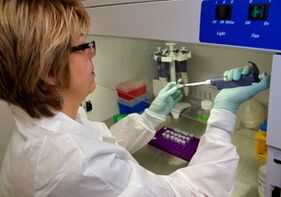
In the dyshidrotic stage, blisters form, the lesion area increases and spreads further along the foot. The fungal infection also affects the nails.
The development of interdigital fungus on the feet should be avoided; Treatment should be started at the first suspicion. In this way, serious complications that pose the risk of purulent infections can be avoided.
How to treat athlete's foot
A dermatologist will answer how to remove athlete's foot. Treatment of the disease can have many nuances, as there are many types of fungal infections. The specialist prescribes a diagnosis and determines individually what the toenail fungus diagnosed in the patient is afraid of.
Two methods are used for fungal infections of the feet:
- medical;
- People
The focus is on drug therapy. Home treatment with folk remedies has an additional effect on the pathological process and eliminates the symptoms.
Therapy for mycosis can take several months. It will not be possible to get rid of the disease in a few weeks.
Medication method
When choosing antifungal drugs, you should think not only about how to quickly cure athlete's foot. Some medications can only eliminate the signs of the disease without destroying the spores deep beneath the epithelial layers. Incompletely treated mycosis can quickly cause a relapse.
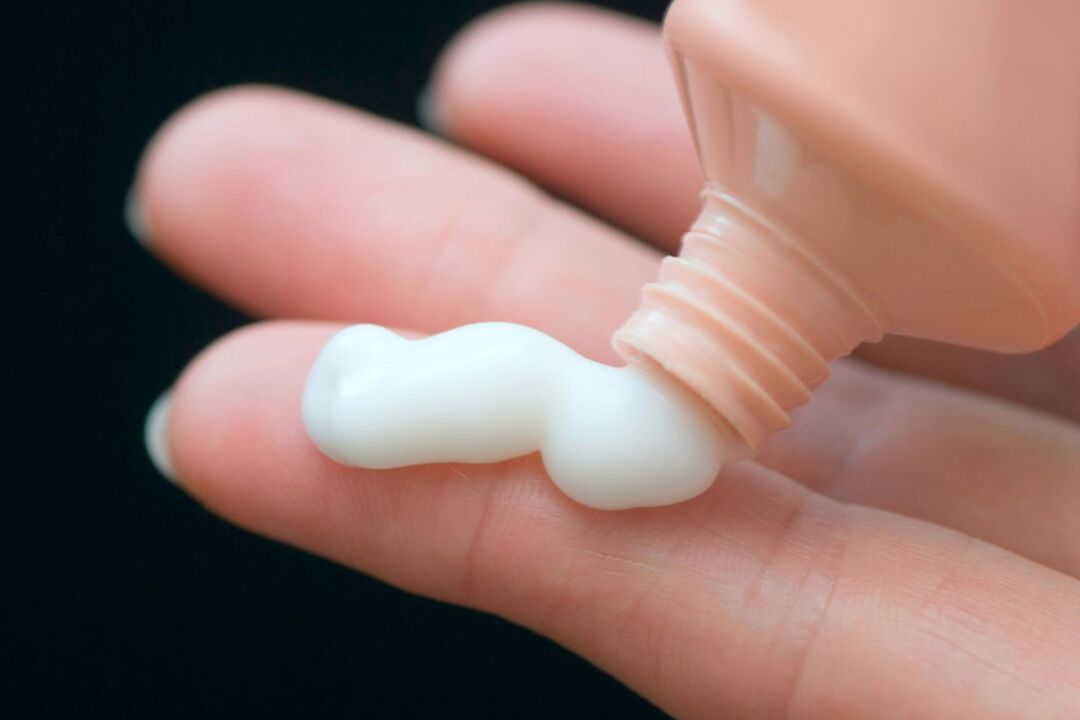
Anoint
You can treat nail fungus at home with topical products. Ointments are effective in the initial stages of the disease; in advanced forms they are used in combination with tablets.
Dermatologists recommend ointments with disinfectant, anti-infectious and regenerating agents for athlete's foot.
Symptoms and treatment of a fungal infection are interrelated, since the use of antifungal ointments is aimed at eliminating signs of pathology while providing an antifungal effect.
Important!The effectiveness of the topical agent is established in the first phase of treatment. However, if there are significant injuries to the feet, using ointments alone may not be enough.
pills

Systemic antifungals have a general effect. The dosage of the active ingredient in tablets is usually significantly higher than in ointments. The advantage of the tablet form of the drug is that the medicine has a stronger effect and not only eliminates the infection, but also prevents relapses.
When treating athlete's foot at home, you can take tablets, but medications have contraindications, so taking them is permissible only in consultation with your doctor.
Important!Tablets are contraindicated in childhood, during breastfeeding and during pregnancy.
Antifungal drugs rarely cause side effects, have minimal contraindications and allow you to overcome mycoses in the shortest possible time.
Ointments, solutions or sprays are also used to treat fungi in conjunction with taking tablets.
Traditional treatment method
There are many methods for removing athlete's foot using folk remedies. Considering how athlete's foot is transmitted, we can conclude that home therapy methods should be aimed at eliminating the infection from the surface of the foot. Folk remedies also have an antisymptomatic effect.
Take note!Treatment with folk remedies is not a replacement for medication. Alternative medicine is only recommended as a complementary therapy.
According to reviews, methods for removing athlete's foot will help you achieve maximum effectiveness.
Vinegar and hydrogen peroxide
Vinegar and Hydrogen Peroxide – Pharmacy hydrogen peroxide is mixed with alcohol and table vinegar. Everything is in the same proportion. A cotton swab is moistened in the resulting solution and the skin at the site of the foot lesion is generously treated with it. The duration of treatment is up to 1 month. The procedure should be carried out daily, morning and evening.
Celandine juice

Celandine juice – prepare a solution for the bath after the preparatory procedures for cleaning the skin of the feet. After that, they begin to use celandine juice. When freshly picked, the plant secretes sap from its stem, preventing skin infections. All affected areas of the feet are treated with celandine juice for a month. The product should be applied twice a day.
Soda baths
Foot baths with soda have a preventative and therapeutic effect. Place your feet in a container with two liters of water in which two tablespoons of baking soda are dissolved for a quarter of an hour. Afterwards, the feet are not washed, but simply dried with a towel. The baths are carried out for at least two weeks.
Of course, how to treat athlete's foot with folk remedies or medications is decided by the patient himself, but it is better to give preference to joint therapy, which allows you to achieve quick and lasting results in the fight against mycoses.
Knowing how athlete's foot is transmitted, the patient should understand that the treatment of the disease consists, first of all, in prevention. If prevention is not followed, athlete's foot may reoccur. To prevent a relapse, it is necessary to maintain hygiene, strengthen the immune system and adhere to the dermatologist's recommendations regarding treatment.


















